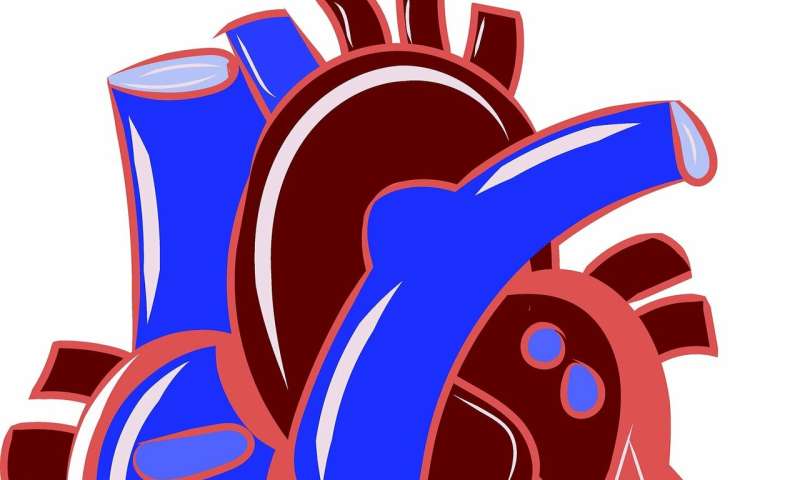
Food insecurity is one of the nation’s leading health and nutrition issues—about 13.7 million (10.5 percent) of households in the United States were food insecure at some time during 2019, a trend likely to increase in light of the COVID-19 pandemic. According to preliminary research conducted by researchers at Penn Medicine, increasing rates of food insecurity in counties across the United States are independently associated with an increase in cardiovascular death rates among adults between the ages of 20 and 64.
The large-scale, national study, which will be presented at the American Heart Association’s Scientific Sessions 2020, provides evidence of the link between food insecurity and increased risk of cardiovascular death. This is one of the first national analyses to evaluate changes in both food security and cardiovascular mortality over time, and to see if changes in food insecurity impact cardiovascular health. The findings were also published today in Circulation: Cardiovascular Quality and Outcomes.
“This research gives us a better understanding of the connection between economic distress and cardiovascular disease,” said Sameed Khatana, MD, MPH, senior author of the study and instructor of Cardiovascular Medicine in the Perelman School of Medicine at the University of Pennsylvania. “What’s going on outside the clinic has significant impact on patients’ health. There are many factors beyond the medications we may be prescribing that can influence their wellbeing, food insecurity being one of them.”
Researchers analyzed data from the National Center for Health Statistics and the Map the Meal Gap study, to examine county-level cardiovascular death rates and food insecurity rates from 2011 to 2017, among adults age 20 to 64, and those 65 years and older.
The researchers found that while the overall food insecurity rates for the entire country declined between 2011 and 2017, the counties that had the most increase in food insecurity levels had cardiovascular death rates that increased from 82 to 87 per 100,000 individuals. Additionally, for every 1 percent increase in food insecurity, there was a similar increase in cardiovascular mortality among non-elderly adults (0.83 percent).
“There has been a growing disparity when it comes to food insecurity, and this data demonstrates that parts of the country are being left behind. Unfortunately, this may only get worse as the country grapples with the ramifications of the COVID-19 pandemic,” Khatana said. “However, interventions that improve a community’s economic wellbeing could potentially lead to improved community cardiovascular health.”
The authors intend to study whether interventions that improve food insecurity can lead to better cardiovascular health.
Perelman School of Medicine at the University of Pennsylvania

